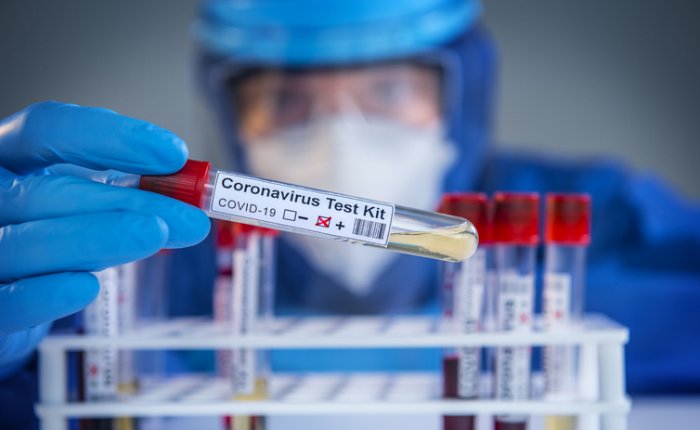The new variant of the coronavirus SARS-CoV-2 that causes COVID-19, B.1.1.7 is believed to be 71% more transmittable than the other variants. First reported in the UK in September 2020, this variant makes up for 60% of all coronavirus infection there. Many countries including India have temporarily halted flights from the UK. By tracing and testing 33,000 passengers who have flown in to India from the UK, India has confirmed the presence of this new variant in the country.
CSIR-Centre for Cellular and Molecular Biology (CCMB) is one of the ten research institutes in India that is tracing the new variant here. “We have needed to expedite the viral genome sequencing efforts, and check for the presence of the new variant in India. We have used both, the traditional Sanger sequencing method as well as the modern Next-Gen Sequencing tools.”, says Dr Divya Tej Sowpati who leads the coronavirus genome sequencing efforts at CCMB, here.
The new variant shows 17 mutations in its genetic material. Of these 8 affect its Spike protein, which expresses on its outer surface, and binds to the ACE receptors in the host cells. One of the mutations is believed to enhance the binding between the virus and the receptors, thus, facilitating its entry into the host cells.
The mutations have, however, not worsened the symptoms or the disease outcomes. They are also not an impediment to the vaccine development. The testing protocol also remains the same. The only problem is that the new variant spreads more easily than the others. “The measures to avoid infection still remain the same. Using masks when in presence of others, avoiding crowded places, maintaining physical distancing are the most effective and feasible ways for avoiding this virus, including the new variant”, says Dr Rakesh Mishra, Director, CCMB. He also adds, “It is now very important to launch an extensive genome surveillance of the virus to assess the extent of the spread of the new virus. We should also keep an eye on other variants that might emerge independently, as India houses the second largest population infected with this virus, at present.”


